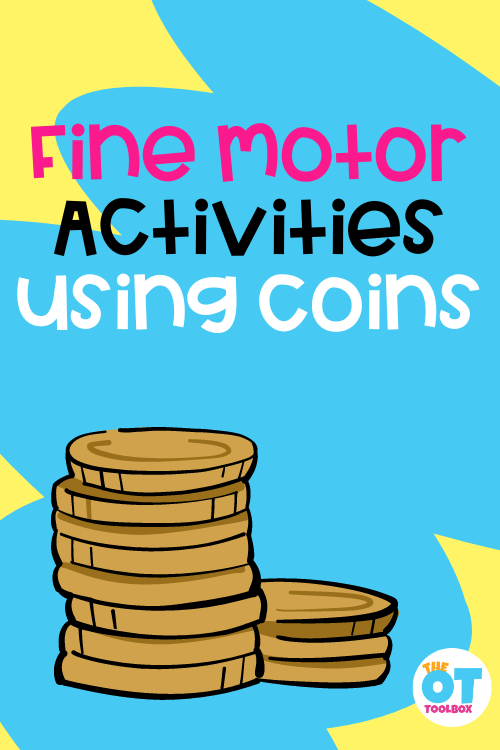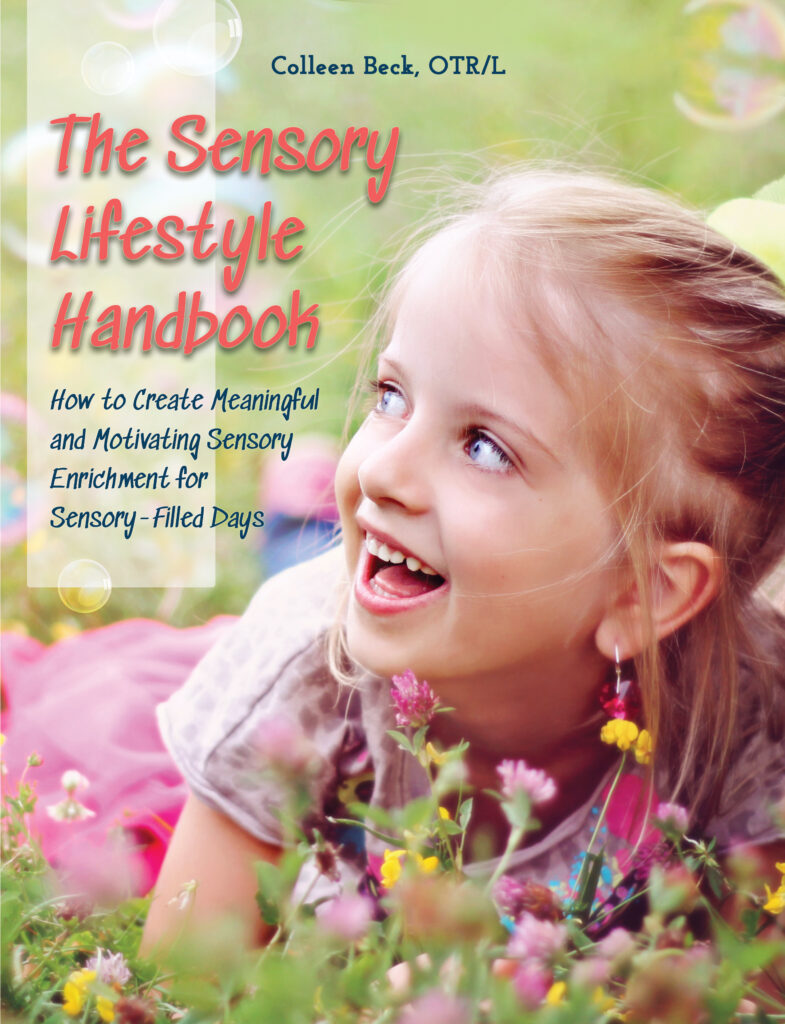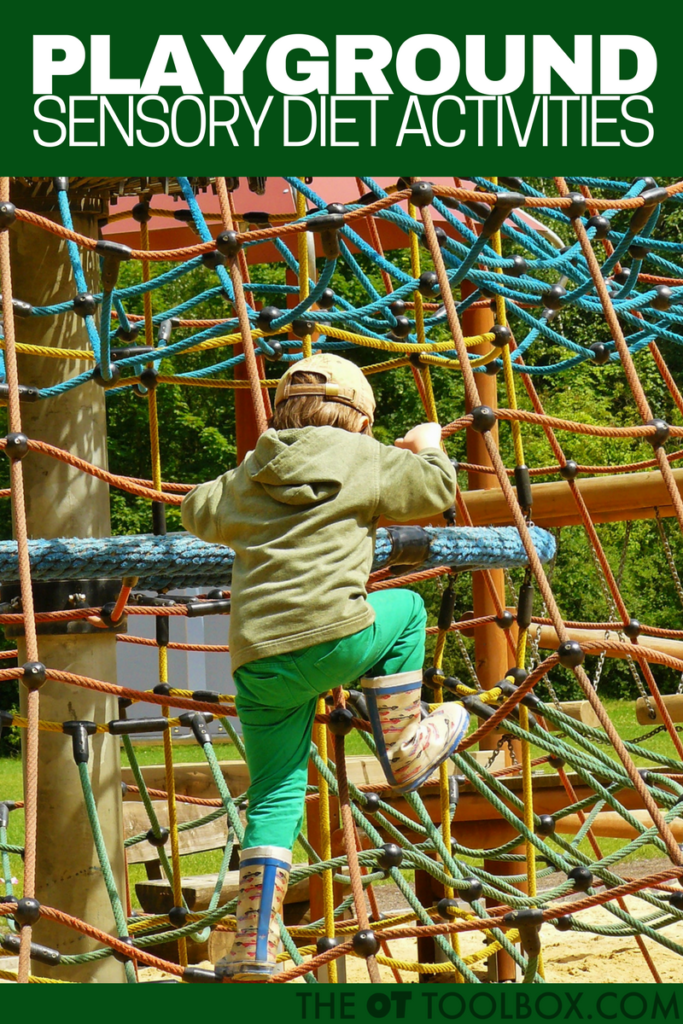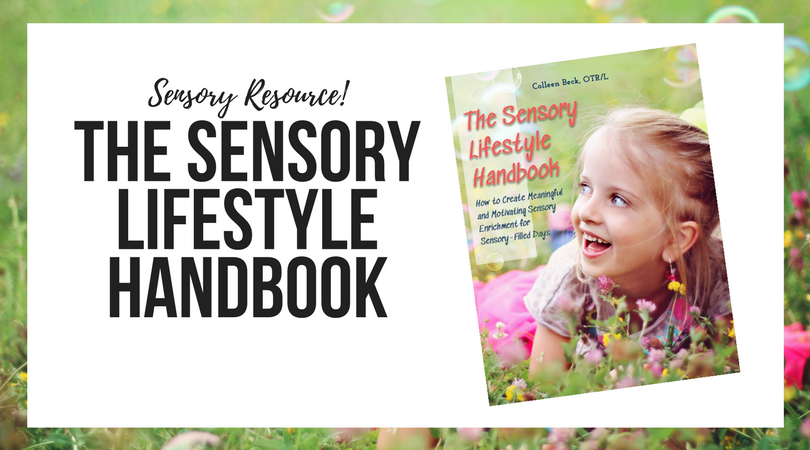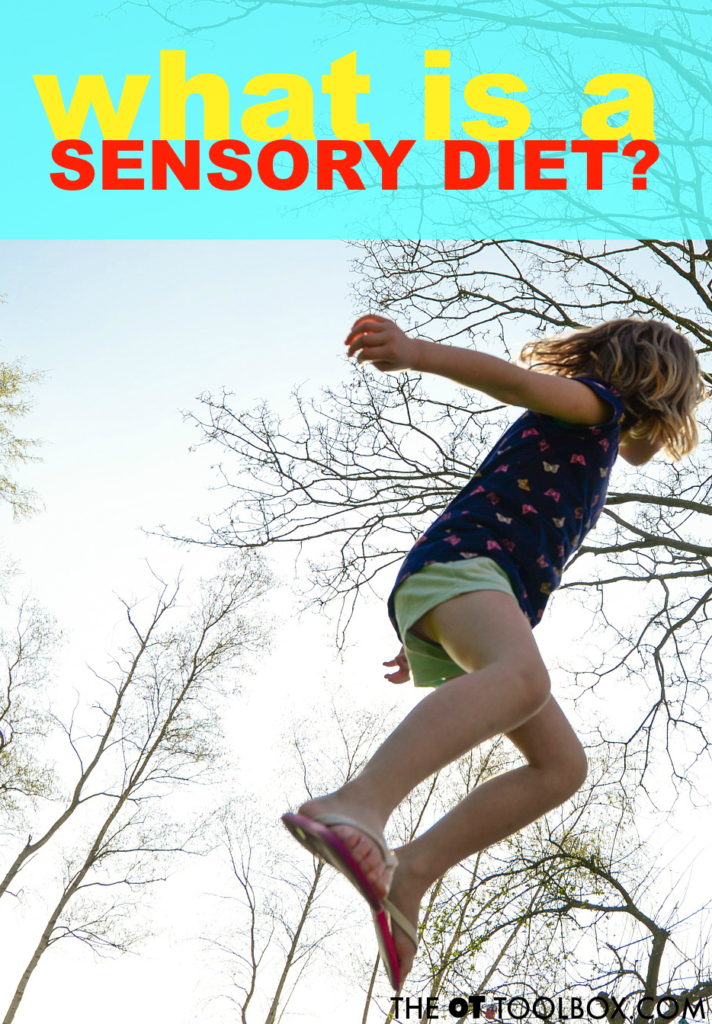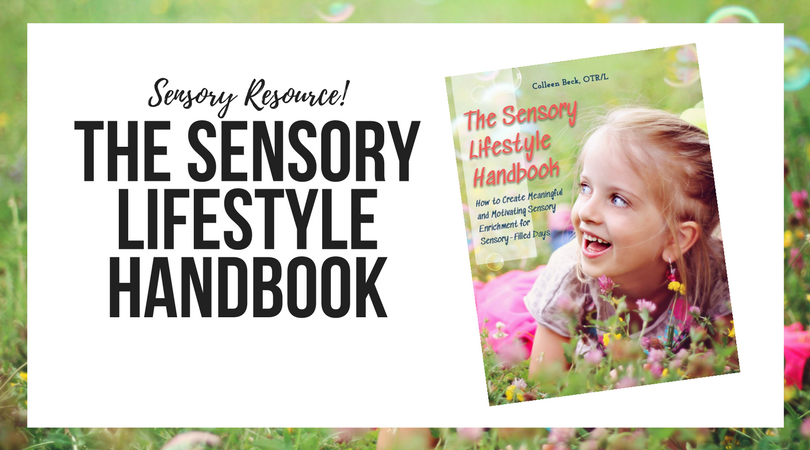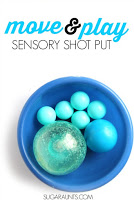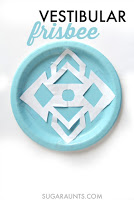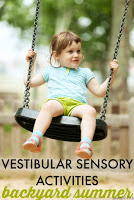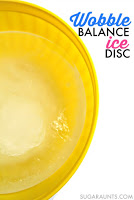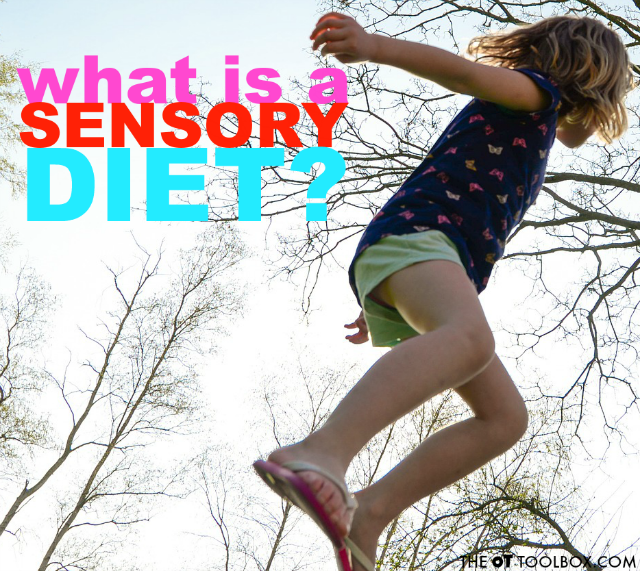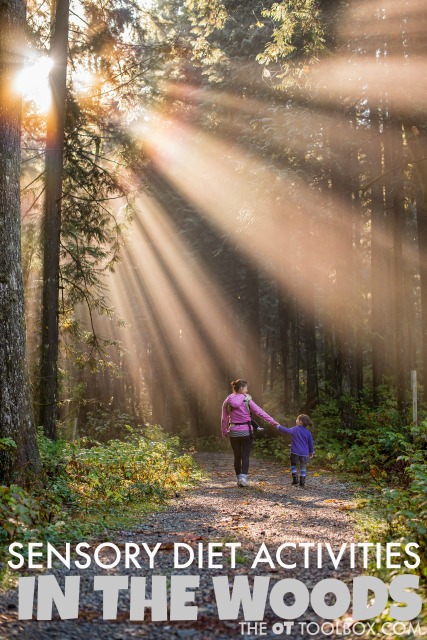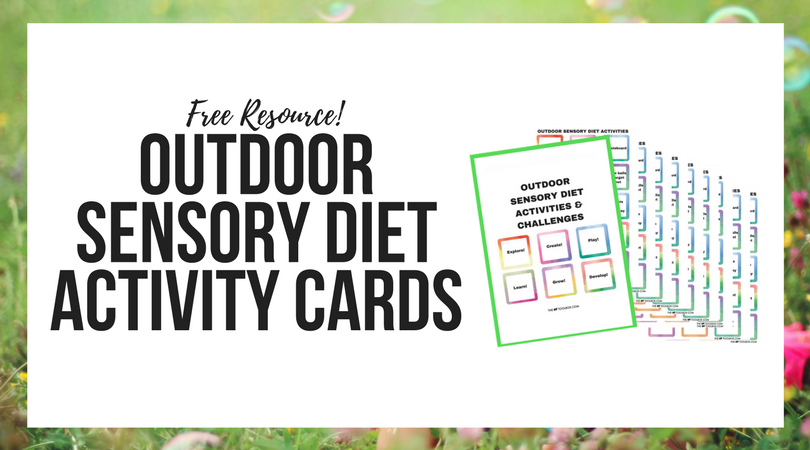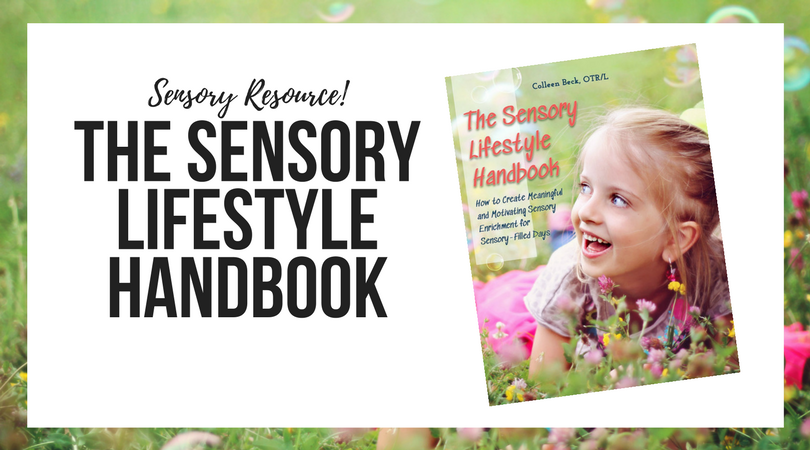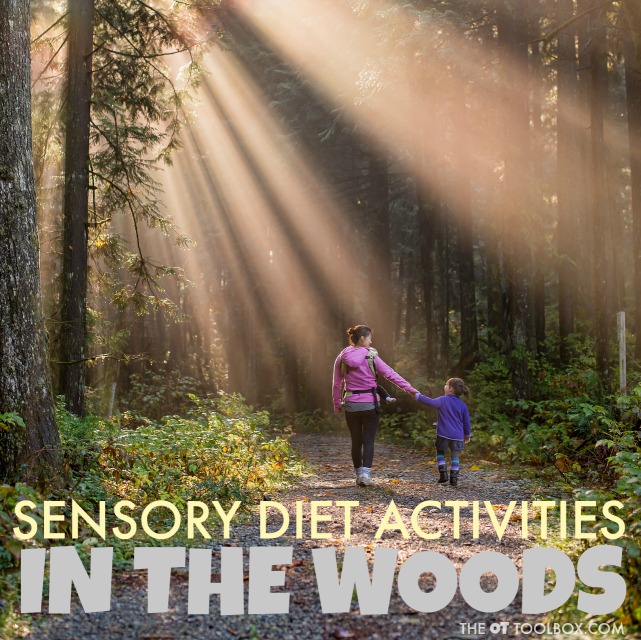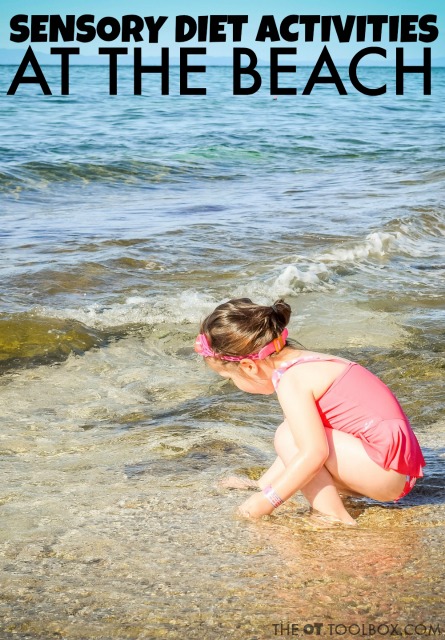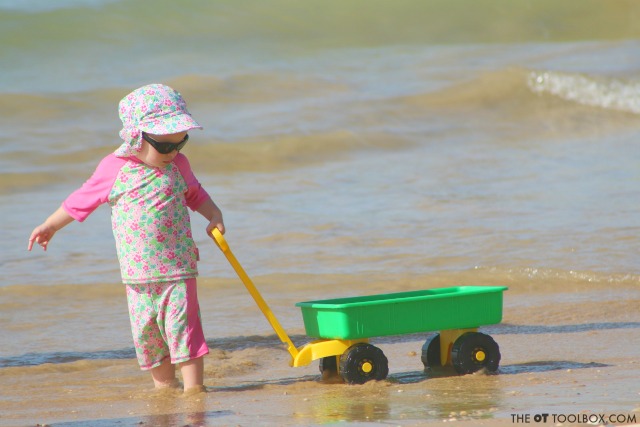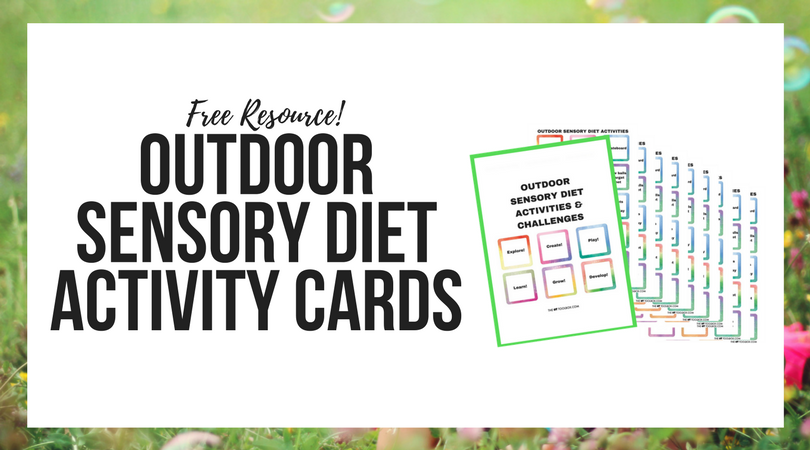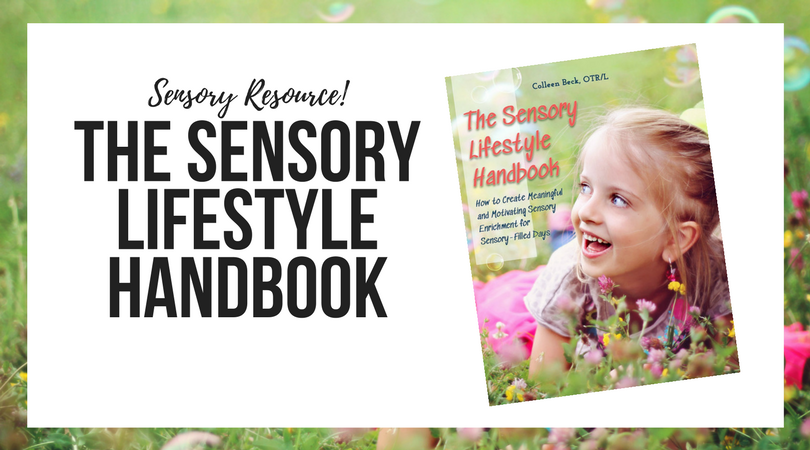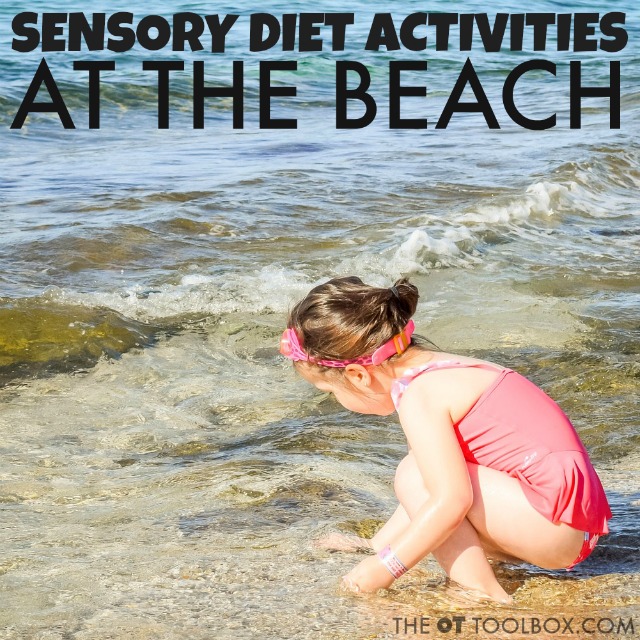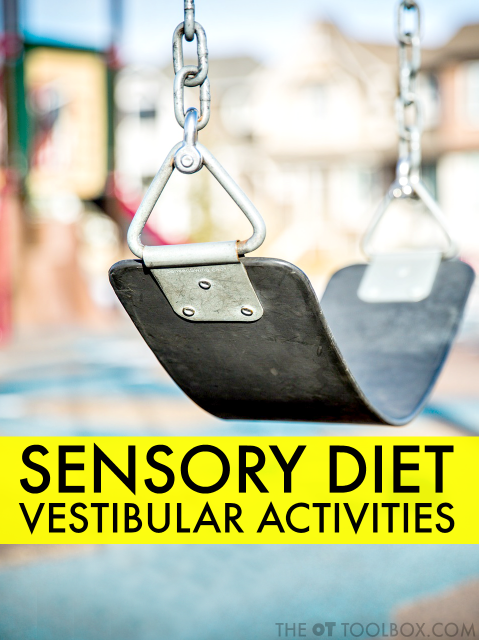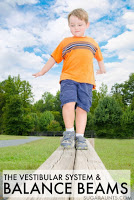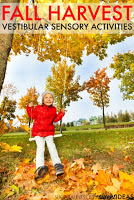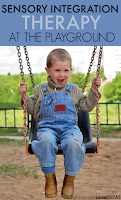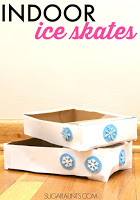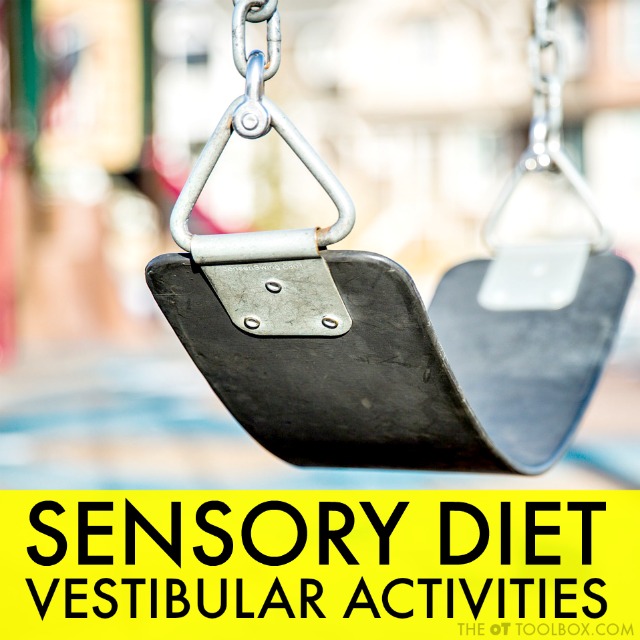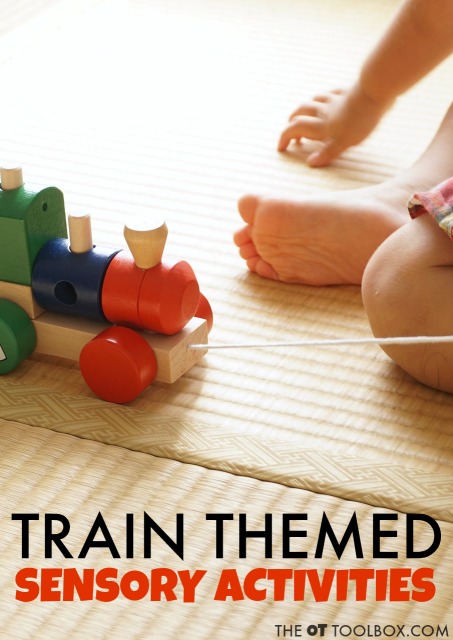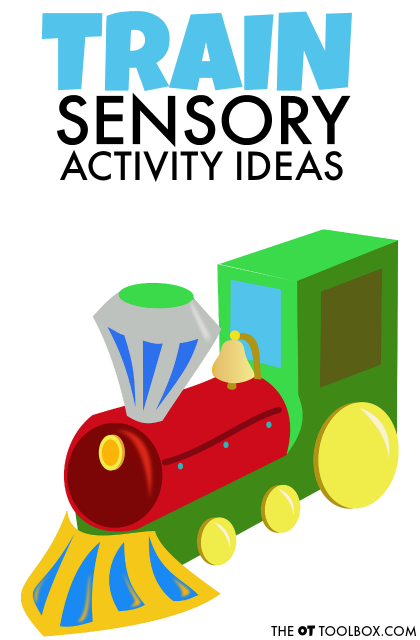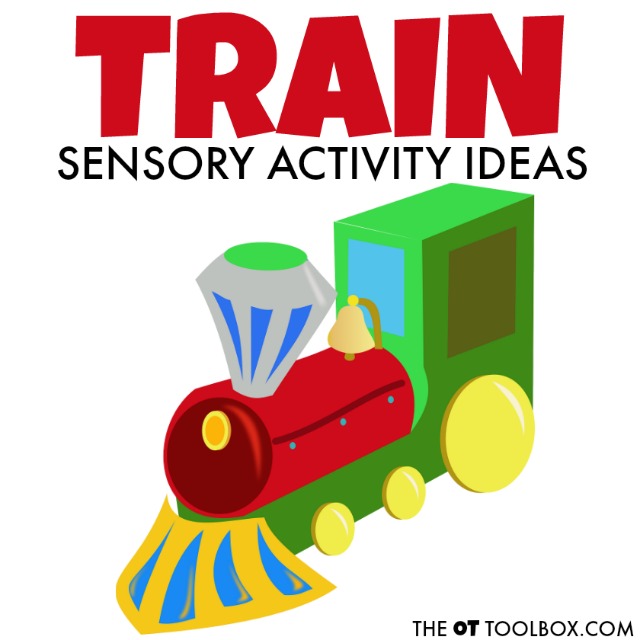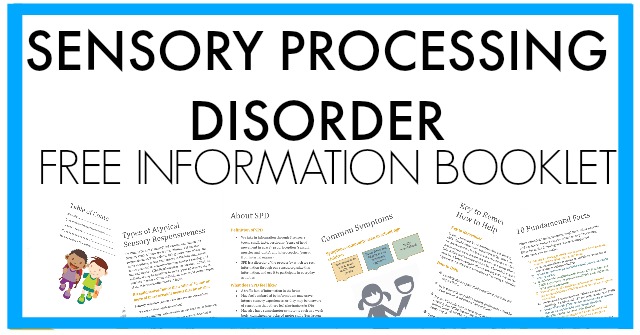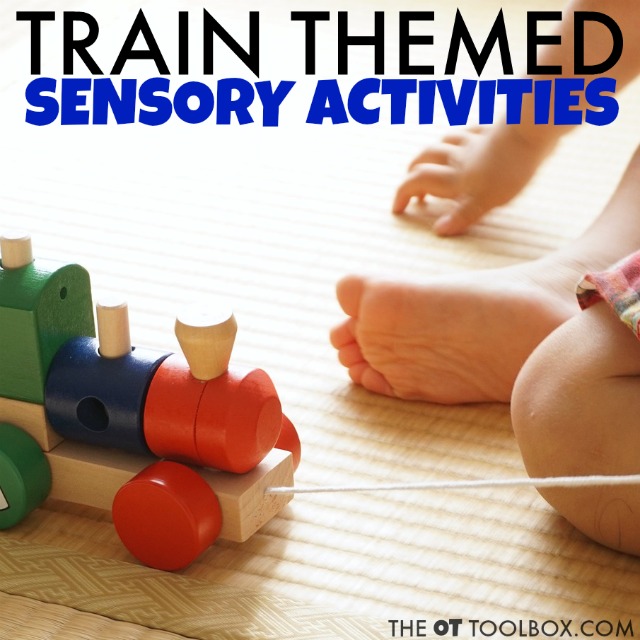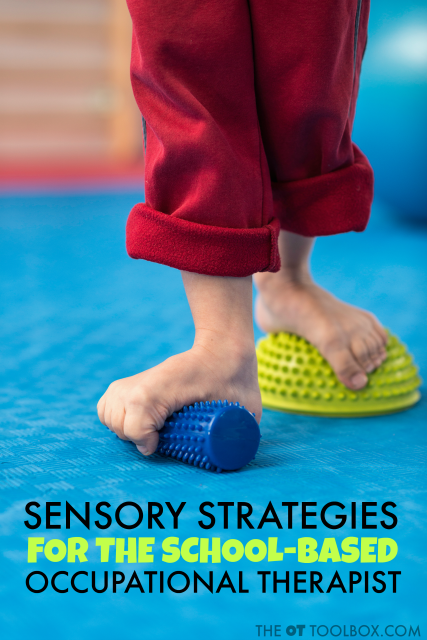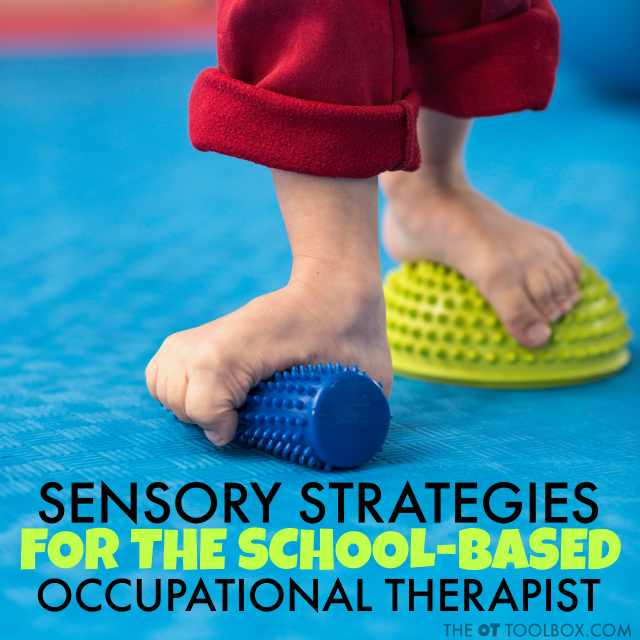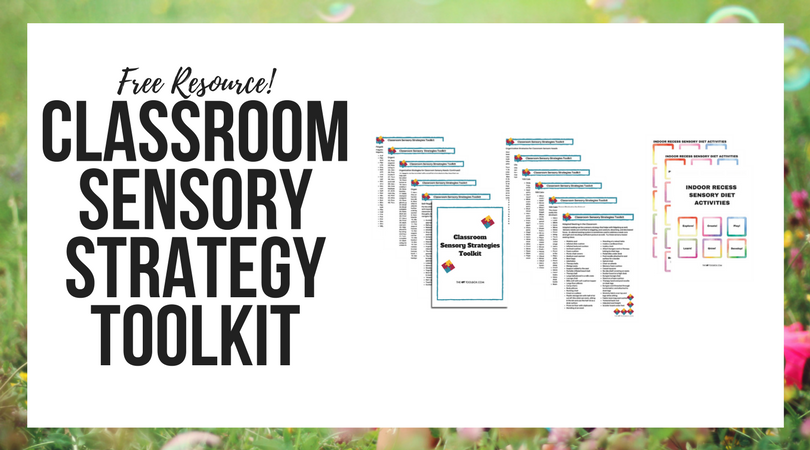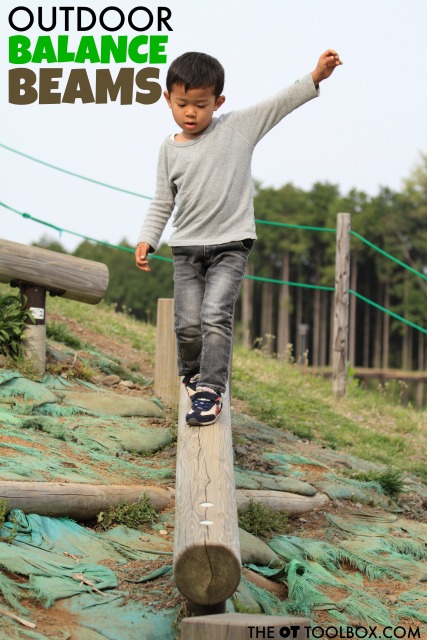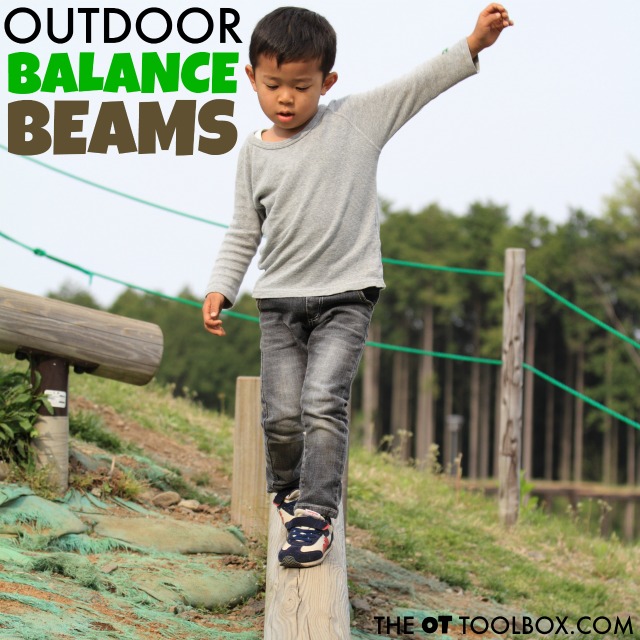Today, we have a fun blog post on outdoor sensory swings. Did you ever look at the swings at the park and think about the sensory impact? Sensory swings are typically used in the therapy clinic, a sensory calm down space in schools, or even in homes. But, taking them outdoors to incorporate all of the benefits of nature is a must! Let’s break it down…
Outdoor Sensory Swings
Taking sensory diet activities and other sensory play activities into the outdoors is as easy as walking outside! There are so many opportunities for outdoor sensory experiences using the world around us.
Add a few key components like water, chalk, playground equipment, toys, and tools and you’ve got a sensory gym right in your backyard. While we’ve shared a lot of outdoor sensory diet activities here on The OT Toolbox, there are so many sensory experiences that are just plain fun right outside.
Using outdoor sensory activities in occupational therapy is a great strategy to support sensory and emotional regulation needs.
Today, we’re talking about taking the sensory processing experiences up a notch using an outdoor sensory swing! We were lucky to try out the (Amazon affiliate link) Harkla Sensory Pod Swing, and it has been a huge hit with my own children.
The Occupational Therapist in me can’t help but see how awesome this sensory swing is for addressing sensory needs right in the home…and in the backyard!

Add an Outdoor Sensory Swing to your Child’s Sensory Diet
The fact is, research shows us that some of the developmental and primary tasks that children must achieve can be effectively improved through outdoor play. These include: exploring, risk-taking, fine and gross motor development, absorption of basic knowledge, social skills, self-confidence, attention, language skills, among others.
So knowing the benefits of being outdoors when it comes to addressing sensory needs, taking the sensory tools used in a sensory diet outdoors can be the obvious next step.
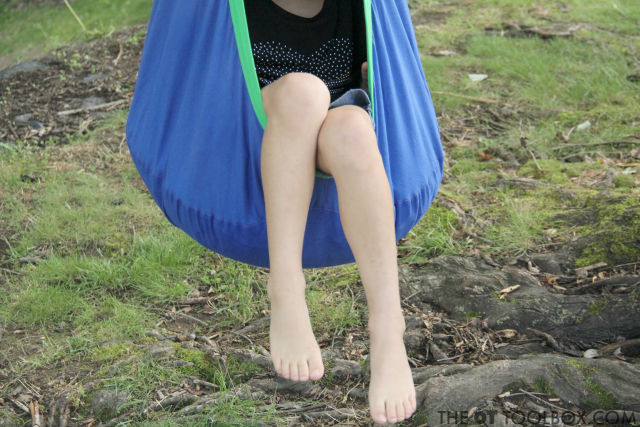
Why take a sensory swing outdoors?
The outdoors offers so much to our senses naturally. Sights, sounds, tactile experiences, and even air pressure can have a bountiful sensory impact!
A bright day can be alerting to the child who struggles with alertness. A warm and sunny day can have a calming effect.
A slight breeze can offer a brush with the nerve endings on the skin, alerting the child. It can be a calming change from indoor air. The feel of grass on a child’s toes can bring awareness and body perception.
Background noises can be an opportunity to develop auditory processing skills. In fact, there are many ways to address auditory processing needs through backyard auditory processing activities.
Ambulating to a sensory swing area is an opportunity to address balance and stability in a natural and functional environment.
Swinging provides an opportunity for improved body awareness as a child learns how their body moves and responds to movement. Taking an indoor sensory swing into the outdoors provides a change in routine that can “wake up” the child’s awareness about certain movements.
The outdoors offers a vast tactile play box!
From the feel of a tree’s bark to pebbles and stones, playing outside combined with needed sensory input a sensory swing offers can promote skills like:
- Fine motor strength
- Precision
- Graded grasp
- Separation of the sides of the hand
- Bilateral coordination
- Crossing midline
- Balance
- Endurance
- Core stability and strength
- And so many other skill areas!

Outdoor Sensory Swing
When we received our Harkla pod sensory swing, the kids were eager to put it up in our home.
After some time waiting for this to actually happen, because as we adults know, making changes to the home can sometimes take longer than expected, we finally decided to try it out in the outdoors.
We took the sensory pod swing and the attachment components to a large tree in our backyard. After a quick installment, it was clear that the outdoor sensory swing was a success.
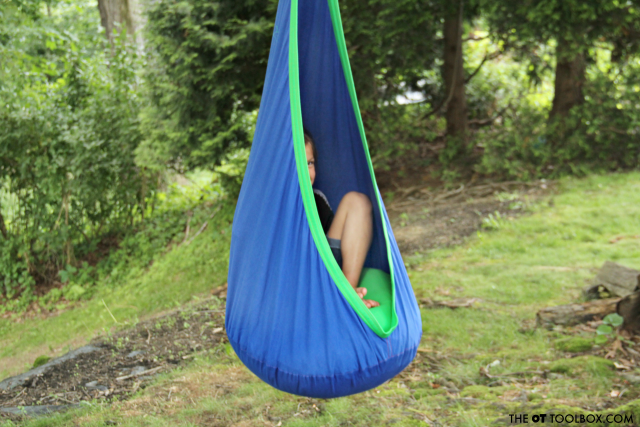
What a calming experience this was!
For the mom of four kids, it can be overwhelming during summer days when the kids are free from routine. All four of the kids swung in the Harkla sensory pod swing and were noticeably more calm and relaxed.
The enclosed pod provides a calming nook where kids can relax or calm down. For the child with sensory needs who thrives after use of a sensory swing in therapy, taking the sensory swing outdoors can be a beneficial and therapeutic experience.
I love that the swing can be used indoors or outdoors. Simple attachment mechanisms make this swing easy to install. The adjustable strap allow the swing to be attached at a preferred height for safety.
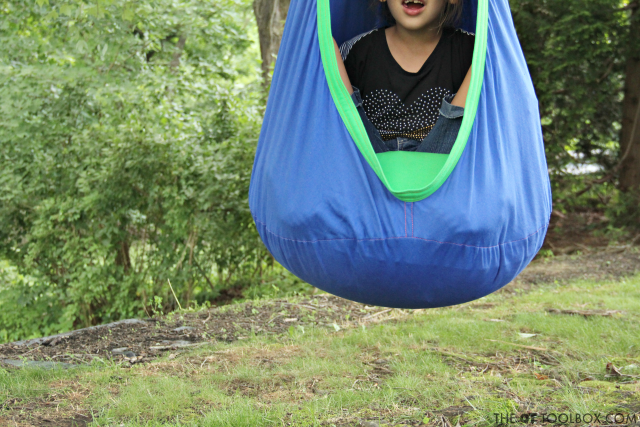
Since using the pod swing outdoors, we’ve used the swing several times outside on our big, shady tree. My older kids use the pod swing as a cozy reading nook. What a way to work on that summer reading list!
I did bring the swing in after we used it, just so it wouldn’t get soaked in the next summer rainstorm. Putting it back up was easy, using the installment belt and clip.
For those without a tree branch that would hold kids, a regular swing set can be an optimal placement for the sensory swing. Simply pull the regular swings to the side or remove the chains and attach the sensory pod using the belt and clip.
The price on the sensory pod swing is great for those looking for a sensory swing that can fit within a budget.
As a therapist whose seen many therapy equipment catalogues, this is a great price! There is a coupon on the website for saving 10% on your first purchase, along with free shipping in the US.
We will be using this outdoor sensory pod swing all summer and installing the swing indoors, too. When the swing is not in use, just unclip the belt!
Click here to purchase the Harkla Sensory Pod Swing.
Click here for more outdoor sensory diet activities and ideas.
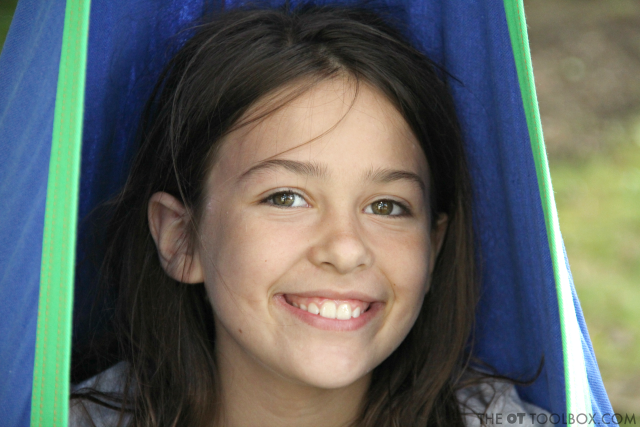
Disclaimer: The information presented here is for educational purposes only. It is not meant to diagnose or treat children with sensory needs, or other areas. Using a sensory swing can have a wide variety of responses on children. Also, recognize that every outdoor experience is different for each child as the environment is different in each experience. Consult your child’s occupational therapist for individualized recommendations. The OT Toolbox provides educational information only and is not responsible for any issues. Reading information found on this website acknowledges your consent to this disclaimer. This post contains affiliate links.
The Sensory Lifestyle Handbook walks you through sensory processing information, each step of creating a meaningful and motivating sensory diet, that is guided by the individual’s personal interests and preferences.
The Sensory Lifestyle Handbook is not just about creating a sensory diet to meet sensory processing needs. This handbook is your key to creating an active and thriving lifestyle based on a deep understanding of sensory processing.

Colleen Beck, OTR/L has been an occupational therapist since 2000, working in school-based, hand therapy, outpatient peds, EI, and SNF. Colleen created The OT Toolbox to inspire therapists, teachers, and parents with easy and fun tools to help children thrive. Read her story about going from an OT making $3/hour (after paying for kids’ childcare) to a full-time OT resource creator for millions of readers. Want to collaborate? Send an email to contact@theottoolbox.com.

